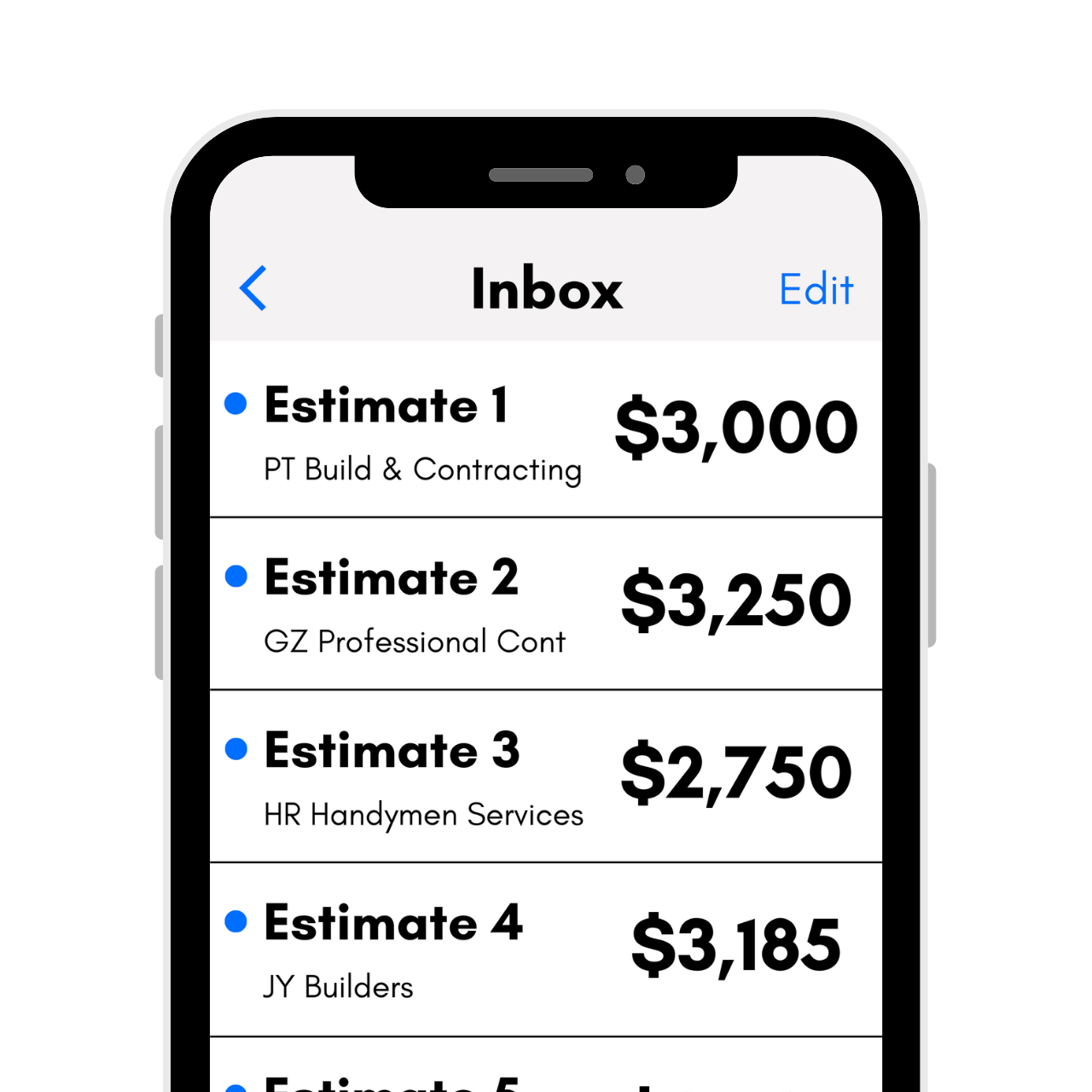Framing Calculator
Calculate how many studs you need to frame a wall using the framing calculator below. Plus, estimate the number of boards you need for the top and bottom plates of the wall.
Studs Needed:
Top Plate Boards
Bottom Plate Boards
On this page:
How to Calculate How Many Studs You Need
When framing a wall, the lumber must be positioned to support not only itself, but also the weight above. Vertical lumber supports, or studs, are an integral part of every new build.
Whether you’re constructing a shed, an addition to your home, or dividing a room in half, you need to have the right number of studs to help ensure the project will be structurally sound when you’re done.
Determining the proper placement and spacing of studs is critical when framing a wall. Studs are vertical framing members that provide structure and support to the wall, and they are often constructed from wood or steel.
The number of studs you need to frame a wall depends on the length of the wall and the spacing of the studs. The spacing of the studs depends on a variety of factors, such as the size of the wall, the type of material being used, whether it’s an interior or exterior wall, whether it’s load-bearing, and local building codes.
General stud spacing for interior walls tends to be around 16 inches on center, while exterior walls may be up to 24 inches on center. The more load a wall needs to hold, the more studs that may be required.
You can use a framing calculator like the one above to help calculate how many studs you need for your framing project, or you can figure it out by following a few easy steps.
Step One: Measure the Wall
The first step in calculating the studs needed to frame a wall is to determine the length and height of the wall. Measure the wall from one end to the other in inches using a tape measure to determine its length. If you have plans, you can consult them to determine the length of the wall.
Step Two: Determine the Stud Spacing
The spacing of the studs depends on a few factors, including the type of materials being used and local building codes. The most common spacing for wall studs is 16 inches on center (16″ OC), which means that the center of each stud is spaced exactly 16 inches apart.
It’s also common to see a 24″ OC spacing for some exterior walls or even a 12″ OC spacing for walls supporting heavy loads.
Step Three: Calculate the Number of Studs Needed
To calculate the number of studs you need, divide the length of the wall by the stud on-center spacing. For example, if you are framing a 13′ wall (156″) with a 16″ OC spacing, then divide 156″ inches by 16″, which is 9.75.
156″ ÷ 16″ = 9.75
Be sure to round up to the nearest whole stud, so in this case, you’ll round up to 10 studs. Then, add one more stud for the final corner stud, meaning you’ll need 11 studs for this wall.
Note that because center spacing is used, you can use this formula for any width stud, which means that even though a 2×4 does not measure 2″ wide, this formula still works.
Step Four: Account for Corners
For corner walls, you may need to add an extra stud on each end to provide additional support for drywall or plywood, or to add additional strength for the load of a building. Be sure to add these additional framing members to your estimate from step three above.
Step Five: Calculate Top and Bottom Plates
You’ll probably also need to account for top and bottom plates in your framing project, which are the boards on the top and bottom of the wall that the studs are attached to. For a 2×4 wall, this is usually a 2×4, and for 2×6 walls, this is usually a 2×6.
To calculate these, measure the length of the wall in inches, then divide that result by the length of the boards you’re using for the top and bottom plates.
Since it’s common to use two top plates and one or two bottom plates, you’ll need to multiply this result by three or four to get the total number of plates for the top and bottom.
Types of Studs
While most walls will contain full studs, if you have windows or doors in the wall, you may have additional types of studs as well. These are necessary to help support the wall around the opening.
In addition to the plates and the full studs, some other studs and wall framing components you may require include:
Cripple studs: Cripple studs support the bottom of a window opening and, in some cases, may also extend from the top of a doorway to the plate above. They are the same thickness as a full stud but are shorter.
Jack studs: Jack studs are used on either side of a window or door opening in the wall. This is a load-bearing vertical stud that the window or door header will rest on. You will need two or more Jack studs if you are framing an opening more than 5 feet wide. The exact number of Jack studs can vary depending on the size of the opening and the load of the wall.
King studs: The king stud sits against the Jack stud and runs floor to ceiling. While the Jack stud will terminate at the header, the king stud will frame out the exterior of the header and lend support to the Jack stud.
Header: The header is the top section of a door or window. It frames out the top of the opening and is supported on either side by the Jack stud.
Rough sill: The rough sill is the bottom frame of a window opening. The Jack stud will run on either side of the rough sill, and a cripple stud will support it from below.



